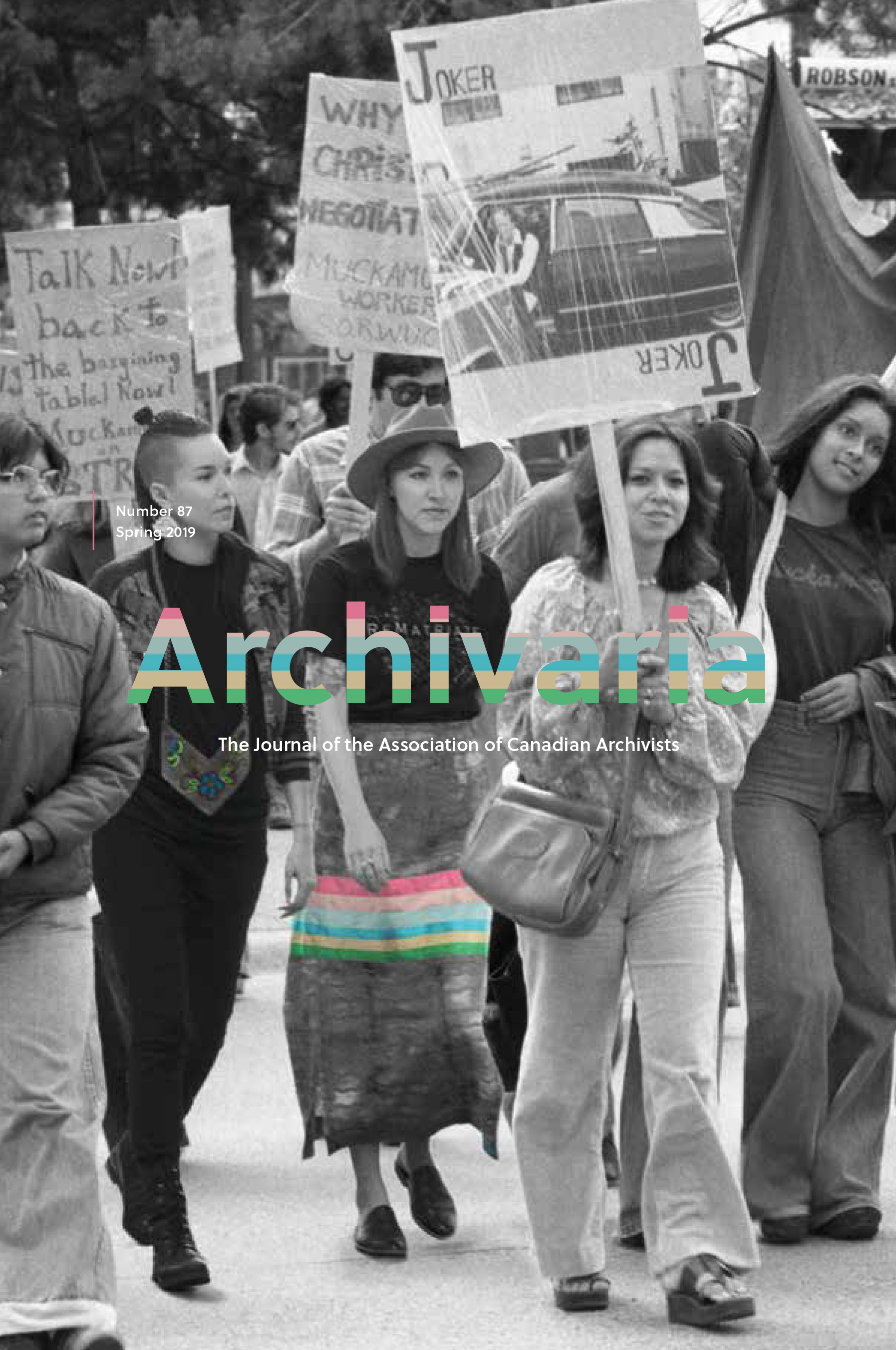The Patent Genre: Between Stability and Change
Abstract
This article examines patents as typified communicative practices enacted within the articulated and rigid boundaries of legal systems. By applying concepts from rhetorical genre studies, the article identifies the regularities of textual features and social intentions characterizing the patent genre and shows how patents are compulsorily constructed, evaluated, and contested within highly structured socio-cultural contexts. Despite their conservative nature, both patents and the rules surrounding them are the outcome of continuous negotiations of meanings and motives among those participating in them (e.g., inventors, patent examiners, and legislators) and depend on this participation. Through a genre analysis of the system of patents granted to the University of Toronto in the 1920s for its method for producing insulin and the medical substance itself, the article discusses the changes that Toronto’s Insulin Committee was able to make to the patent genre and to a broader system of interrelated genres. This case study confirms that genre innovation and transformation are indeed possible, even in the most formal and stable environments. It also demonstrates that in order to appreciate the strategic goals and rhetorical actions performed by genres, we have to situate them within the specific socio-historical circumstances in which they were enacted.
RÉSUMÉ
Cet article étudie les brevets comme méthode de communication caractérisée ayant lieu à l’intérieur des limites structurées et rigides de systèmes juridiques. En appliquant les concepts issus de la théorie littéraire des genres, cet article identifie les constantes des caractéristiques textuelles et des intentions sociales qui caractérisent le genre du brevet et montre comment les brevets sont obligatoirement élaborés, évalués et contestés dans des contextes socio-culturels hautement structurés. Malgré leur nature conservatrice, tant les brevets que les règles qui les entourent sont le fruit de constantes négociations de signification et d’intentions entre ceux qui y participent (par ex. les inventeurs, les examinateurs de brevets et les législateurs) et dépendent de cette participation. Par l’analyse du genre du système de brevets émis à l’Université de Toronto dans les années 1920 pour sa méthode de production d’insuline et pour cette substance médicale elle-même, cet article aborde les changements que le Toronto’s Insulin Committee a pu apporter aux brevets comme genre et à un système plus large de genres interreliés. Cette étude de cas confirme que l’innovation de genre et la transformation sont en effet possibles, même dans les environnements les plus stables et les plus formels. Elle démontre également que, afin d’apprécier les objectifs stratégiques et les actions rhétoriques posées par les genres, nous devons les replacer dans le contexte socio-historique spécifique au sein duquel ils ont pris forme.
Authors of manuscripts accepted for publication retain copyright in their work. They are required to sign the Agreement on Authors' Rights and Responsibilities that permits Archivaria to publish and disseminate the work in print and electronically. In the same agreement, authors are required to confirm that "the material submitted for publication in Archivaria, both in its paper and electronic versions, including reproductions of other works (e.g. photographs, maps, etc.) does not infringe upon any existing copyright." Authors of manuscripts accepted for publication retain copyright in their work and are able to publish their articles in institutional repositories or elsewhere as long as the piece is posted after its original appearance on archivaria.ca. Any reproduction within one year following the date of this agreement requires the permission of the General Editor.





